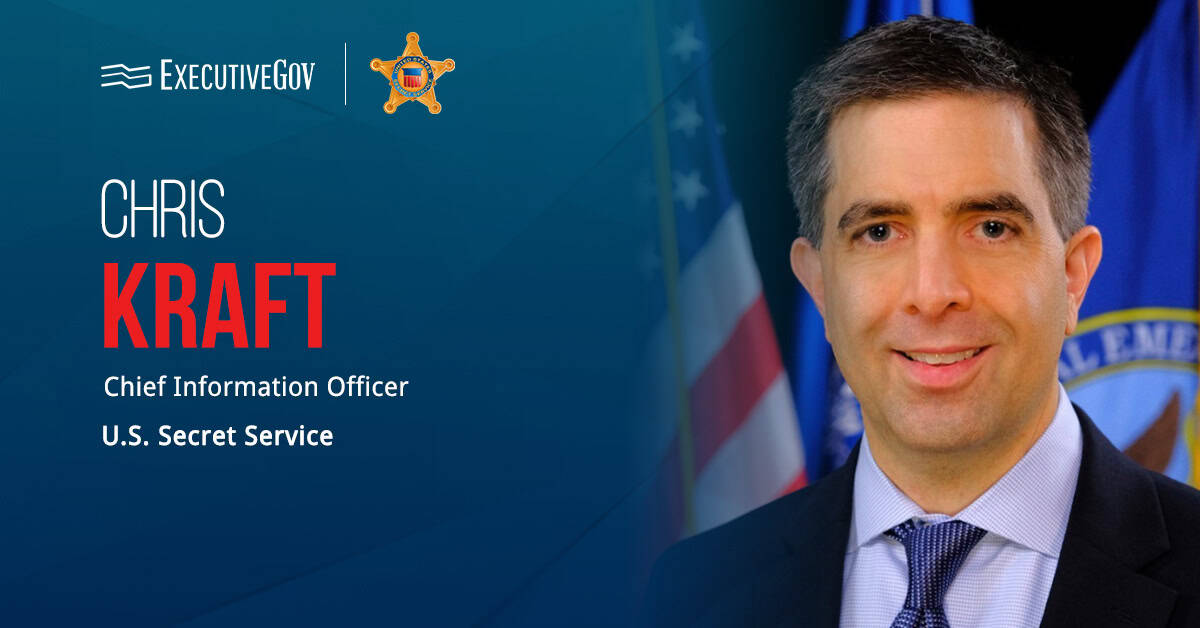 The U.S. Navy will remove one of its two reserve helicopter sea combat squadrons from service in March as part of a reorganization program, Navy Times reported Sunday.
The U.S. Navy will remove one of its two reserve helicopter sea combat squadrons from service in March as part of a reorganization program, Navy Times reported Sunday.Meghann Myers writes the military branch has decided to decommission the Norfolk, Virginia-based HSC-84 Red Wolves and retain the San Diego-headquartered HSC-85 Firehawks.
HSC-84 has performed special operations with HH-60H helicopters and is a recipient of 120 Air Medals with Valor, 13 Bronze Stars and three Distinguished Flying Crosses, Myers reports.
Lt. j.g. Kara Yingling, a Navy spokesperson, told the publication that the branch also plans to establish two tactical units to fly MH-60S helicopters and support missions on the East Coast and West Coast.
“The TSU construct is still being finalized, but each TSU might have up to billets for 79 officers and enlisted,” Yingling added, according to the report.





